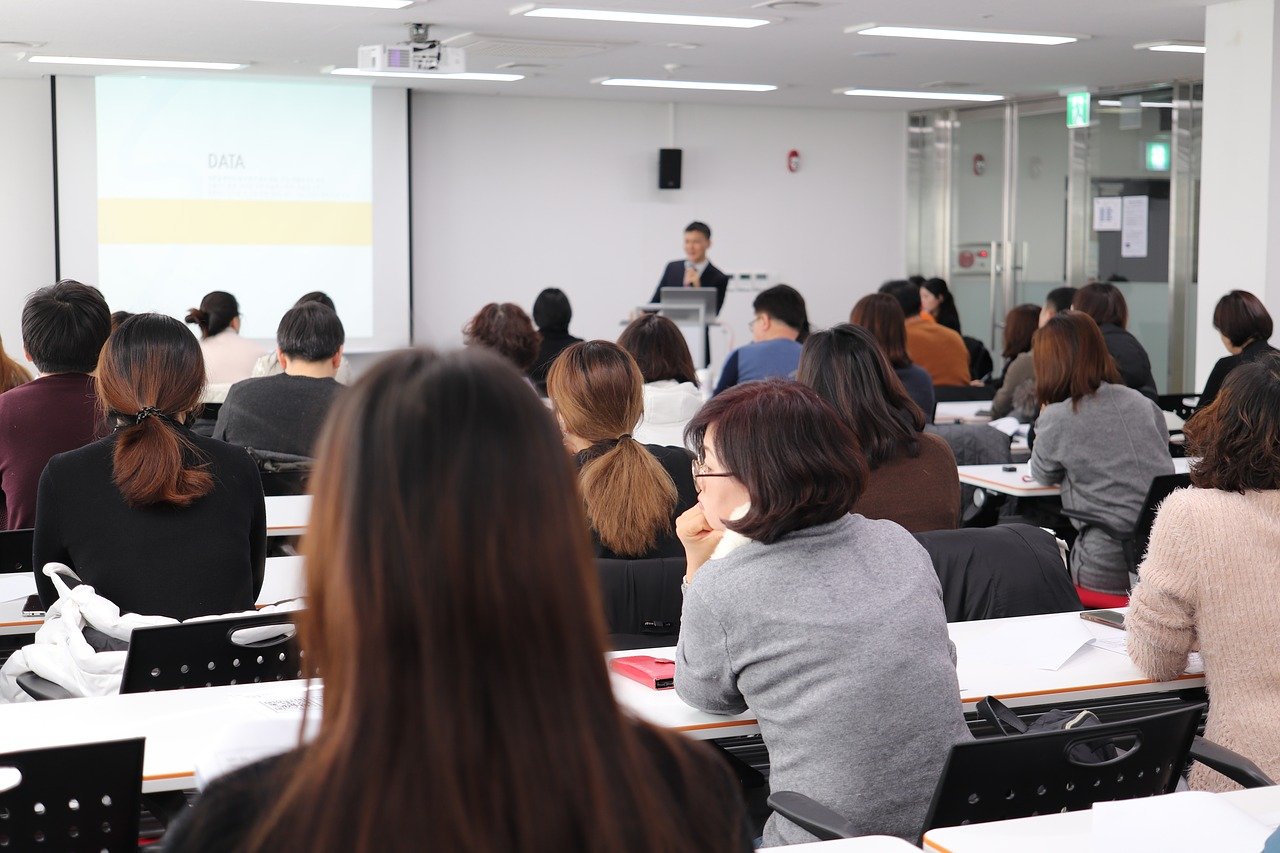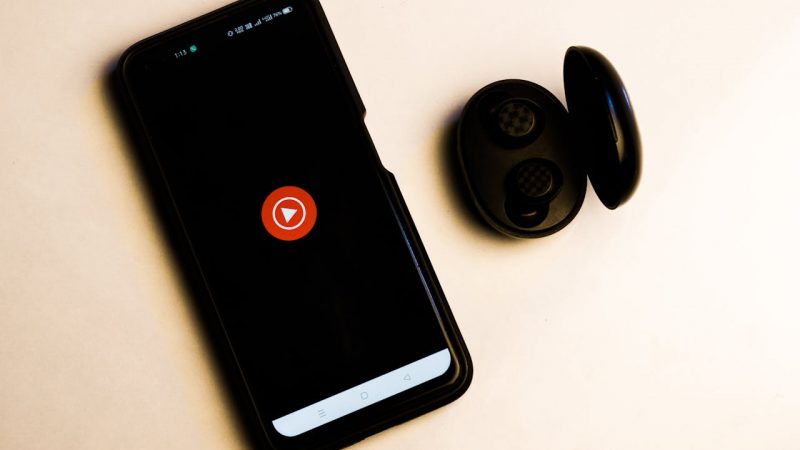What makes a good conference presentation?

Presenting at an academic conference is an integral part of a researcher’s life and is an opportunity that most young researchers look forward to. However, while it is undoubtedly an exciting experience, it presents a frightening risk for most researchers. It’s natural for even experienced, seasoned researchers to feel a bit nervous when speaking to large audiences, but for young researchers presenting for the first time, the process can be overwhelming.
The key to an effective conference presentation is being well prepared. Here are some tips that will make the process easier:
- Write your article with the audience in mind: a conference article should be different from a newspaper article. Remember that your paper is meant to be heard, not read. Audiences generally have lower attention spans than readers; Therefore, keep the content simple and direct. Structure the paper well, with a clear introduction, body and conclusion. Use simple and clear language. Explain the technical terms you used and provide a quick recap of the main points where appropriate.
- Meet deadlines: Typically, paper presentation sessions at a conference last 20-30 minutes. Prepare your equipment accordingly. Also, be prepared for any last minute changes in session timings. If you have 20 minutes, be prepared with a brief outline of the skeleton, in case the previous speaker went over their time limit and you only have 10 minutes. Conversely, keep extra materials handy, as you might have 30 minutes instead of 20.
- Rehearse in front of a friend: Reading your mind won’t help you keep time simply because reading aloud in front of an audience takes longer. Rehearsing a few times in front of a friend or in front of the mirror, to familiarize yourself with the content, will boost your self-confidence. Recording a video of your workouts is also a good idea because you can watch them later and understand where you need to improve. However, don’t rehearse too much right before the session, as your voice might sound dull and tired.
- Start with confidence: How you start your presentation matters a lot. You will need to gain the trust and attention of the audience within the first 10-20 seconds of your session. Start with a brief introduction about yourself, as this will help establish your credibility. Be sure to prepare in advance. Carefully select a few highlights and be prepared with a brief introduction. Here is an example: “Hello everyone! My name is Tom Smith. I graduated in medicine from the University of Michigan in New York and have spent the past five years working in the Department of Internal Medicine at JJ Hospital. Today I will be presenting an article titled…..”
- Maintain eye contact with the audience: At the start of your presentation, smile. Be calm and breathe deeply. This will help you relax and dissolve any awkwardness between you and the audience. Pay attention to your posture: stand up straight and hold your head up. This will help you make eye contact with the audience and make your voice more audible. Don’t read at the office. Speak clearly, loudly and forcefully. But don’t go too fast: remember that there may be people in the audience whose first language is not English. Take advantage of breaks to watch your audience, give them time to react to what you say, or let what you say flow, or just let you breathe and be more composed.
- Use Transitions: Don’t forget to use transitions when going from one idea to another: Transitions ensure a smooth and fluid presentation. Some useful transitions are “further”, “in addition”, “therefore”, “pending”, “finally”, etc. When using the same idea twice, you can start with “A similar idea is,” or “Another example is,” etc. When giving a point-by-point explanation, it is best to mention the total number of points upfront; for example: “There are reasons for this. The first reason is….; the second reason is; etc “This approach will help readers keep track of the points you discuss. Additionally, sometimes a simple pause or a direct statement such as “Let’s move on to the next part of the presentation” or “Move to another idea” is also an effective way to introduce a new section, idea, or perspective.
- Encourage questions and discussion: If you don’t understand a question, you can ask for it to be rephrased. Don’t worry if you don’t know the answer to a question or two: you can thank the person who brought it up, saying you haven’t explored that angle, but you’ll definitely think about it. If there are no questions, you can give a hint by pointing out a weakness in the document. However, don’t worry too much if there are no questions even after asking them several times.
- Make sure the close is natural: Ask if there are any questions, offer your contact information, and tell the audience that you’re open to emailing questions from them. If there are questions, answer them. If there are no questions, simply say thank you to your audience for attending the session and leave the stage. However, do not leave the room immediately. People may come to you with questions that resonate with them after you finish the presentation, or want to talk to you one-on-one.


